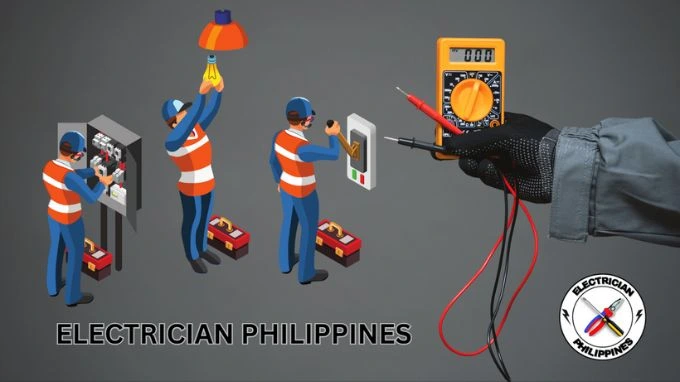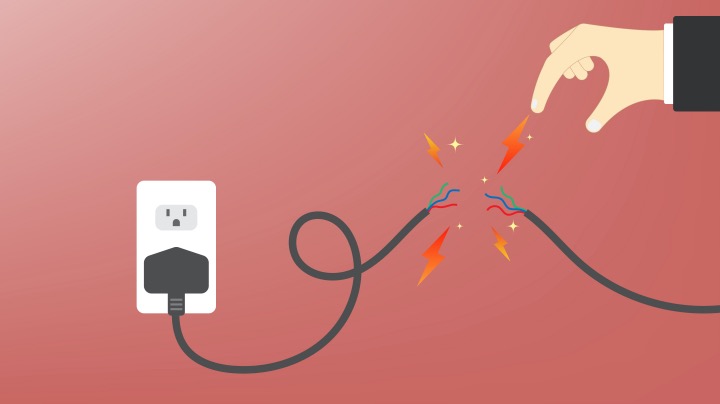Comprehensive technical support for electrical industry solutions.
Wiki Article
Leading Tips for Effective Electrical System Troubleshooting
Repairing electric systems requires a methodical method, based in an extensive understanding of electrical principles and safety and security procedures. The subtleties of effective fixing expand beyond simple technical knowledge; comprehending exactly how to document findings and focus on security can significantly influence results.Understand the Basics
Understanding the fundamentals of electric systems is necessary for effective troubleshooting, as a strong structure allows technicians to diagnose and deal with concerns a lot more efficiently. A thorough grasp of electric principles, such as voltage, existing, resistance, and power, is critical in recognizing the origin of troubles. Voltage is the electrical potential difference that drives existing through a circuit, while resistance opposes the flow of existing, affecting the total performance of the system.Experience with circuit components, including resistors, capacitors, diodes, and switches over, is also paramount. Each component plays a distinctive role in circuit behavior and can influence performance when malfunctioning. Furthermore, recognizing series and parallel circuit arrangements is vital, as these arrangements affect the distribution of voltage and existing within the system.
Specialists have to be conscious of potential threats, such as shock and short circuits, to apply risk-free troubleshooting methods. By mastering these fundamental principles, specialists boost their ability to conduct effective diagnostics and repairs, eventually leading to improved performance and reliability of electric systems (electrical system troubleshooting).
Gather Necessary Tools
Efficient troubleshooting of electric systems calls for the best set of tools to detect and fix problems precisely. Crucial devices consist of a multimeter, which gauges voltage, current, and resistance, allowing for specific evaluations of electric parts.Furthermore, protected hand tools such as screwdrivers, pliers, and wire strippers are vital for safely manipulating electric links. It is also a good idea to have a circuit tester accessible to confirm the visibility of voltage in electrical outlets and cables. For even more complicated systems, a thermal imaging electronic camera can aid detect overheating elements, indicating potential failings.

Follow an Organized Strategy
Having actually collected the proper devices, the following you could try these out action in troubleshooting electrical systems is to follow a systematic method. A systematic technique guarantees that technicians can identify mistakes effectively and properly, reducing downtime and protecting against unnecessary repairs.Begin by evaluating the system's schematic representations and specs. This involves great site checking each part methodically, starting from the power resource and functioning towards the load.
Make use of screening devices, such as multimeters and oscilloscopes, to gather objective information regarding voltage, existing, and resistance at various factors within the system. This empirical evidence will certainly guide your troubleshooting initiatives and aid to validate or remove potential reasons for failure.
In addition, take into consideration environmental factors that might influence the system's performance, such as temperature level fluctuations or wetness ingress. A comprehensive examination of circuitry, links, and elements will ensure that all opportunities are represented.
Record Your Searchings For
Extensive documentation is crucial in the troubleshooting process of electric systems. This technique not only aids in recognizing the root reason of the trouble yet also offers as a reference for future fixing efforts.
In addition, maintaining a log of components changed or repair work done is very useful. This details sustains supply management and can assist evaluate the longevity and integrity of details elements.
Inevitably, the documentation process should be complete yet concise, making it possible for easy access and evaluation - electrical system troubleshooting. By prioritizing thorough documents, technicians can develop a valuable data base that not only help in present troubleshooting however additionally encourages future maintenance initiatives, consequently enhancing overall system integrity

Prioritize Precaution
Recognizing the integral threats connected with electrical systems is critical for ensuring safety during troubleshooting. Electrical shock, burns, and devices damage are simply a few of the potential hazards that specialists encounter. Focusing on safety and security actions is not just a lawful responsibility however additionally a check my reference moral imperative that safeguards both the professional and the surrounding environment.Before starting any troubleshooting task, specialists ought to don proper personal safety devices (PPE), including shielded handwear covers, security glasses, and flame-resistant clothing. Making certain that the workplace is dry and devoid of clutter can significantly minimize the danger of crashes. It is important to de-energize circuits before starting any type of work, confirming that they are not live with the use of a multimeter or voltage tester.
Developing clear interaction procedures with team participants is likewise essential; this guarantees that every person understands prospective threats and the condition of the electric system being dealt with. Lastly, having an emergency response plan in place can confirm very useful in case of an occurrence. By focusing on safety and security procedures, specialists can successfully minimize threats and promote a more secure work environment.
Final Thought
Efficient electrical system fixing relies upon a comprehensive understanding of basic principles and a systematic technique. By gathering necessary tools, sticking to systematic analysis techniques, and diligently recording searchings for, the fixing procedure comes to be much more efficient and dependable. Focusing on safety and security procedures guarantees the wellness of individuals involved and the integrity of the electric system. Implementing these strategies will certainly enhance the repairing experience, resulting in quicker resolutions and improved functional efficiency in electrical systems.Report this wiki page